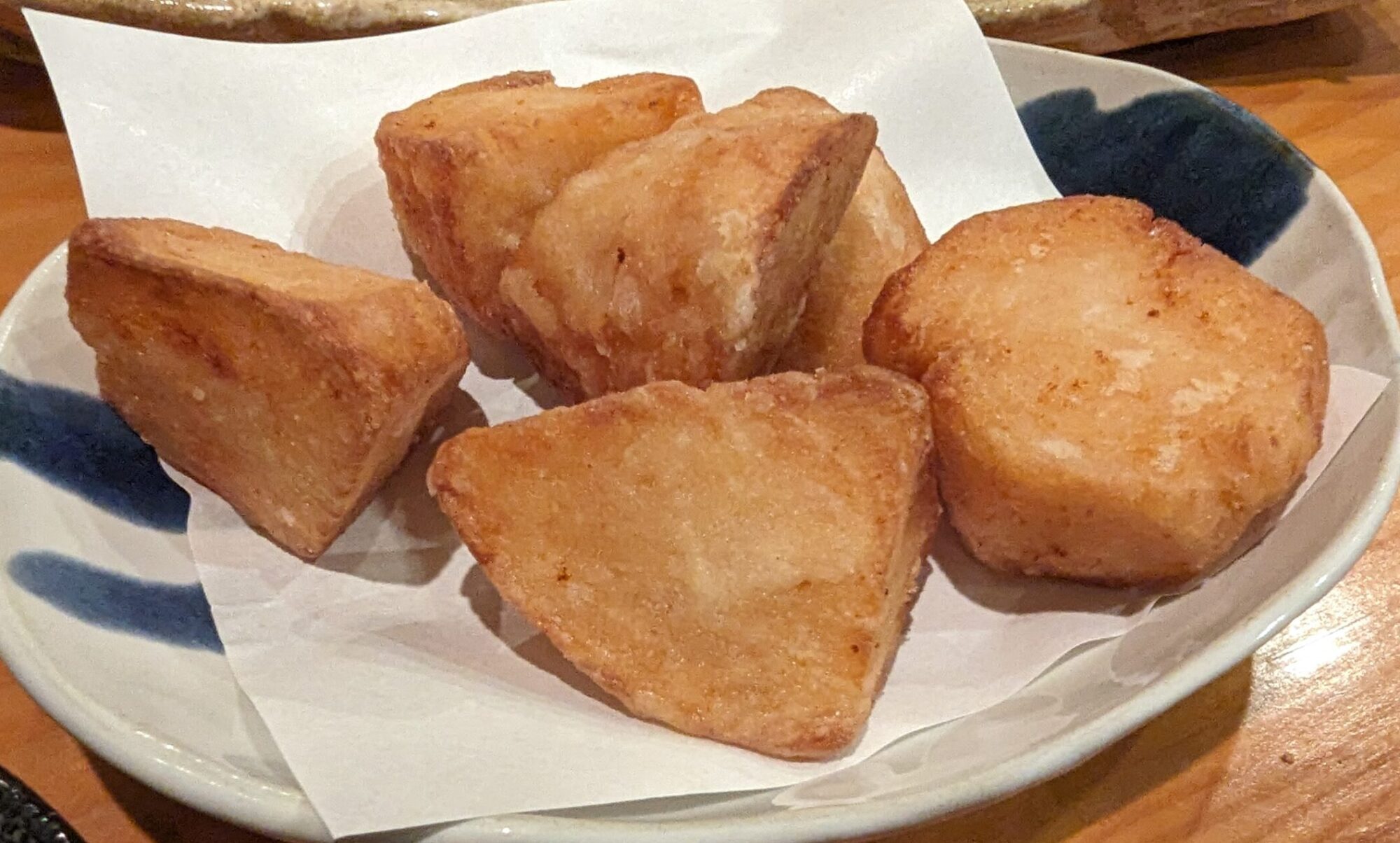
- Origins and History:
Setsubun, which translates to “seasonal division,” marks the end of winter and the beginning of spring according to the lunar calendar. It’s celebrated annually on February 3rd or 4th. The origin of Setsubun dates back to ancient times when people believed that evil spirits roamed freely during the changing of seasons. To ward off these spirits and invite good fortune, people developed various rituals, including bean-throwing. - Bean-Throwing Custom:
One of the most exciting customs during Setsubun is “Mamemaki” or bean-throwing. Family members gather together and take roasted soybeans. Then, they throw the beans while shouting, “Oni wa soto! Fuku wa uchi!” which means “Out with demons! In with luck!” This tradition symbolizes driving away evil spirits and inviting good luck into the home. - EVENT

Sensoji is a Buddhist temple located in Asakusa, Tokyo, Japan. It is one of the oldest and most significant temples in the city, dating back to the 7th century. Sensoji is known for its iconic red Kaminarimon gate at the entrance, leading to Nakamise-dori, a bustling street lined with souvenir shops and food stalls.

Visitors often come to Sensoji to pray, admire the temple’s architecture, and experience the vibrant atmosphere of the surrounding area.

For those using Narita Airport for sightseeing, I think it’s a good idea to stop by Naritasan Shinsho-ji Temple, which is close to Narita Airport.
It is lively not only during Setsubun, but throughout the year with many worshipers. There are many eel restaurants lining the approach.

Let’s sow the beans in a cheerful and loud voice, saying, “Demon is outside! Fortune is inside!”
Be careful not to throw beans at your buddy.
